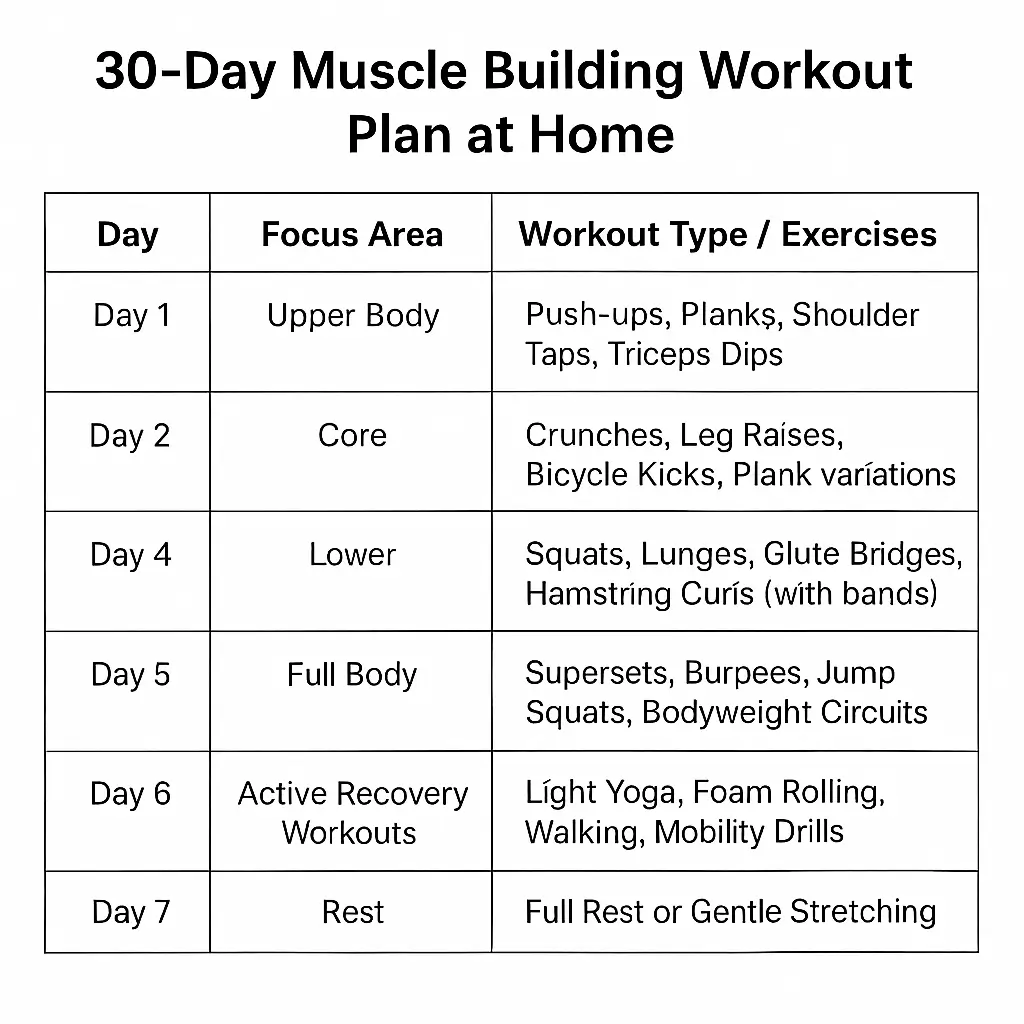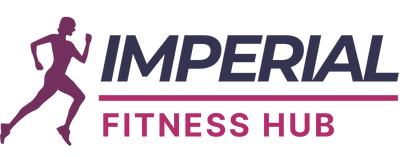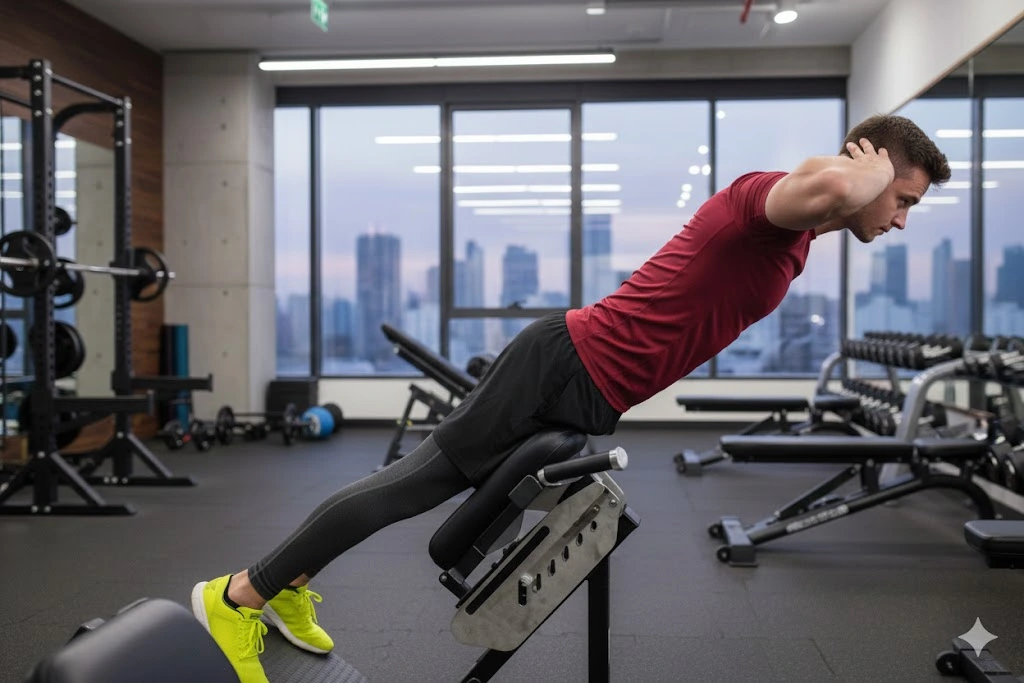Here’s the truth: building muscle at home is totally possible — and more people are doing it than ever before.
Recent stats show over 60% of fitness lovers now prefer home-based hypertrophy training instead of the gym grind. It’s easy to see why. Home workouts are affordable, private, and super convenient. No crowded gyms, no traffic — just pure focus and flexibility.
A 30-day muscle building workout plan at home gives structure to the chaos. It’s perfect for anyone tired of random push-up challenges or wasting time with routines that don’t deliver results. With the right steps, tools, and mindset, this kind of plan can lead to a real 30-day body transformation — even without fancy equipment.
Table of Contents
Why Build Muscle at Home?
Building muscle at home has its perks. It cuts costs, saves time, and lets people train on their own terms — no awkward stares, no waiting for machines, no need to wear anything fancy.
And the good news? It actually works. When done right, bodyweight muscle plans and resistance training at home are just as effective as hitting the gym. The trick lies in consistency, structure, and knowing how to apply progressive overload — whether that’s more reps, more resistance, or tougher exercises.
Home workouts also offer privacy. Mistakes happen — maybe a faceplant during planks or losing balance during lunges — but it’s all part of the learning curve. At home, nobody’s watching. That comfort makes it easier to stay motivated and consistent.
So whether someone’s using dumbbells or just bodyweight, a home setup can absolutely help with muscle gain at home and create lasting results.
How Muscle Growth Works
“Engaging in resistance training is fundamental for muscle hypertrophy. As highlighted by the American Council on Exercise, consistent resistance exercises enhance muscle strength and endurance, which are crucial for effective muscle building.”
It takes three main things:
- Consistent training (especially with progressive overload plans),
- Proper nutrition (like a high protein home diet),
- And solid recovery, including sleep for recovery and smart rest day ideas.
Without enough protein or calories — also known as a calorie surplus — muscle growth slows down or stops altogether. That’s a common mistake. Many people train hard but don’t eat enough to support gains.
Using simple techniques like the time-under-tension method, tracking reps, and rotating between upper body, lower body, and core workout at home can keep the body challenged. And yes, recovery workouts like foam rolling and mobility drills matter just as much as lifting.
Equipment You Might Need (Optional but Helpful)
The best part about home workouts is that nothing fancy is required.
That said, a few items can level things up:
- Resistance bands add variety and challenge to squats, rows, and presses.
- A pair of dumbbells is versatile for curls, presses, and home leg day.
- A pull-up bar helps target the upper back and arms.
- A simple yoga mat adds comfort for floor exercises.
Not everyone has gear, and that’s fine. Even household items — like filled backpacks or water bottles — can serve as dumbbell alternatives. That’s the magic of a minimalist gym setup — making the most of what’s already there.
Even without equipment, you can effectively target your biceps using bodyweight exercises. Check out these effective bodyweight bicep exercises to enhance your arm strength.
The 30-Day Plan Overview
This 30-day plan is broken into weekly cycles, focusing on specific areas to allow muscles time to recover while targeting different zones:
- Day 1 & 2: Upper body (push-ups, planks, dips)
- Day 3: Core-focused routines
- Day 4: Lower body (lunges, glutes, hamstrings)
- Day 5: Full-body training
- Day 6: Active recovery workouts
- Day 7: Total rest
Each week adds intensity — using superset bodyweight exercises, reducing rest time, and incorporating plyometric home circuits for explosive power. By Week 4, sessions evolve into high-rep burnout challenges, including AMRAP training plans to test limits.
Tracking everything using a weekly fitness tracker or journal helps keep progress visible and consistent.

Week 1–4 Breakdown
Each week builds on the last.
- Week 1 focuses on form. This is when to master the basics: proper push-up form, deep squats, and controlled planks. Focus on clean reps, not speed.
- Week 2 brings in more strength work. Add resistance bands or light weights. Focus on controlling the movement — this is the time-under-tension phase, which boosts strength.
- Strengthening your hamstrings is crucial for overall lower-body development. Incorporate these top bodyweight hamstring exercises into your routine for enhanced flexibility and strength.
- Week 3 ramps up intensity. Add jumping squats, speed reps, and start using supersets to combine exercises with little rest. It’s a sweaty week — perfect for fat-burning and toning.
To elevate your cardiovascular fitness and burn more calories, consider adding high-intensity interval training workouts at home to your regimen. - Week 4 is all-out. This is where routines get aggressive: burnout rounds, max reps, and those dreaded but effective AMRAP sets. By now, muscles are more resilient, and confidence is high.
Daily Schedule Sample (With Time Blocks)
A structured schedule helps create consistency. Here’s a simple day plan:
- Morning: Light warm-up or mobility drills (10–15 minutes)
- Afternoon: Main workout session (30–45 minutes)
- Evening: Optional foam roller recovery or stretching
Even something as small as a 5-minute stretch before bed can help prevent soreness and keep motivation high.
Over time, this daily rhythm turns into a habit. A structured home training flow that’s easy to maintain.
Nutrition Tips for Muscle Building
Muscle can’t grow without the right fuel. The goal is to eat more than the body burns, also called a calorie surplus. Focus on:
- High-protein foods like eggs, lentils, fish, and chicken
- Clean carbs — oats, brown rice, potatoes
- Healthy fats — peanut butter, avocado, seeds
Drinking water is a big deal too — it supports recovery, digestion, and energy. Proper hydration for muscle gain is often overlooked.
Supplements like whey protein or creatine for beginners are helpful, but not required. And post-workout nutrition is key — eat within 30–60 minutes to support muscle repair.
Recovery & Rest Days
Resting isn’t slacking — it’s how muscle grows.
Skipping rest leads to burnout and even injury. Using active recovery workouts, such as walking, light yoga, or mobility work, helps keep the body fresh.
Stretching with a foam roller, breathing deeply, and getting good sleep — these are essentials. Aim for 7–8 hours a night for optimal muscle repair.
Muscles thrive on balance. And that balance includes chill days.
Measuring Your Progress
Progress doesn’t always show up on the scale. Tracking changes with photos, reps, or a muscle tracking app can be more motivating.
Before/after pictures (same pose, same light) are powerful. So is noting how many planks or lunges feel easier by Day 15 compared to Day 1.
Even just being able to do 5 more push-ups than before is proof that the plan is working.
Tips for Staying Consistent
Sticking to the plan is half the battle. Here are a few tricks that work:
- Create a dedicated space with a mat and mirror
- Stack habits — do the workout right after brushing teeth or making coffee
- Use a home fitness journal to track wins
Setting clear, smart fitness goals helps too — for example, “do 20 perfect push-ups in a row by Day 30” beats vague goals like “get fit.”
Routine is key. Once the rhythm is in place, motivation follows.
Conclusion
A 30-day muscle-building workout plan at home proves that results don’t depend on the gym. With structure, effort, and patience, anyone can build real strength from their living room, bedroom, or garage.
This isn’t about perfection. It’s about consistency, progress, and building something meaningful over time. With the right plan, a clear goal, and smart recovery, anyone can get stronger, leaner, and more confident — right at home.
For those trying this plan, share your experience, track the wins, and inspire others to jump in. This journey is better when shared.





